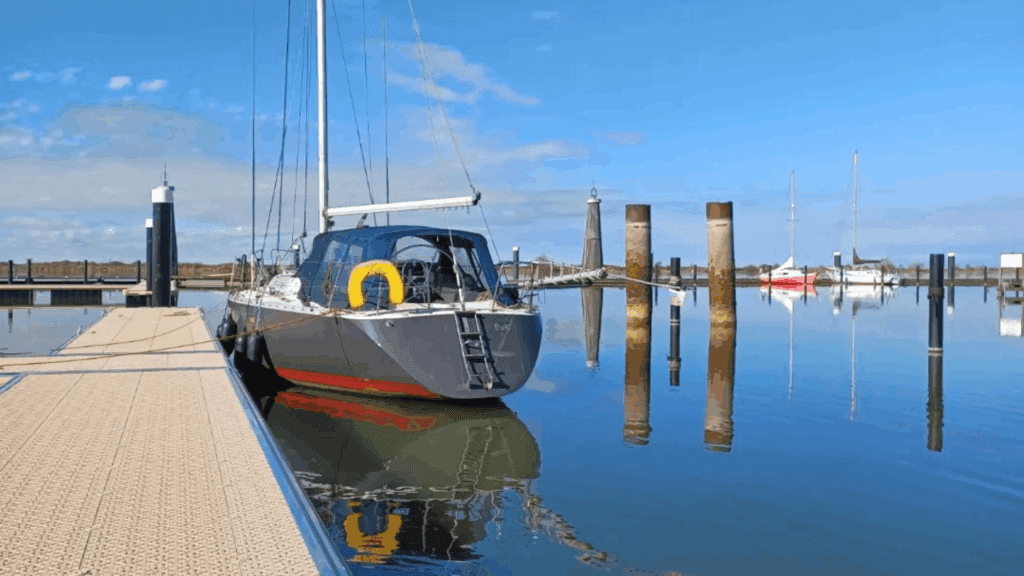Publication date: 09/09/2024
In the town of Lelystad, in the Dutch province of Flevoland, the Port Adhoc group manages two marinas. First, there’s Deko Marina Lelystad – located to the north of the Houtrib dike, on the IJssel or IJsselmeer lake, then the Lelystad Haven – located south of the Houtrib dike, on Lake Marken or Markermeer.
The two Dutch marinas welcome a large number of sailors and motorboats in a particularly interesting sailing environment: from the town of Lelystad, many charming and varied stopovers can be envisaged.
➡️ Read also:
Sailing from Lelystad: ideas and things to do
While the sailing area offers many opportunities for discovery – natural, cultural and heritage – it is also subject to a number of environmental constraints. With around a third of the Netherlands below sea level, there is a risk of flooding. For hundreds of years, the Netherlands has been adapting to this particular topography. In Flevoland, the Afsluit dyke and the Houtrib dyke are two incredible structures created in this context.
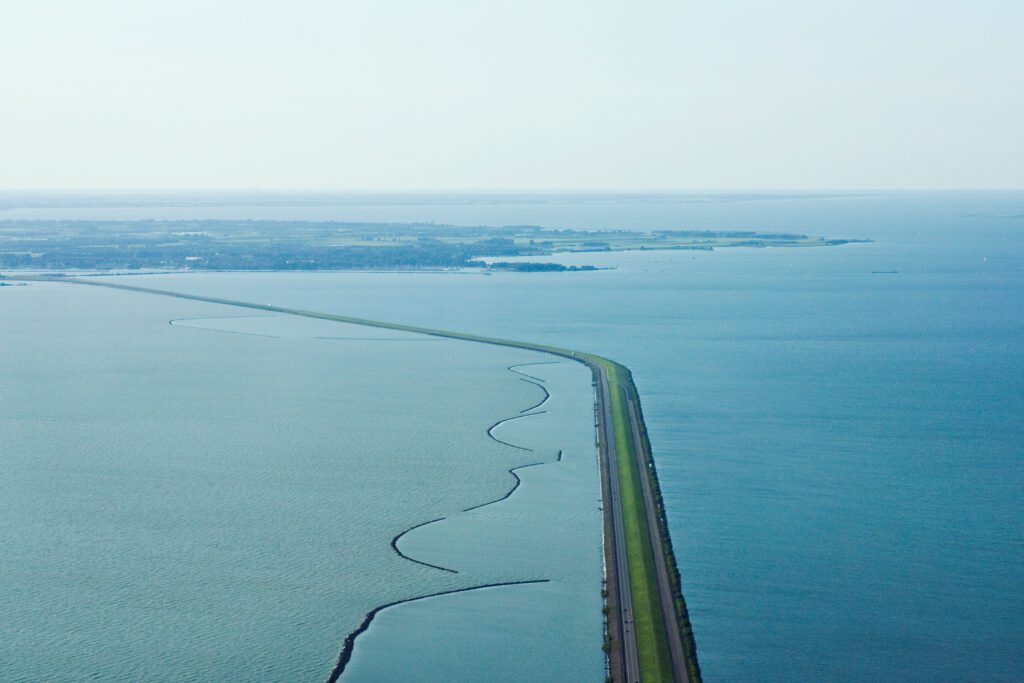
With the two artificial lakes of IJssel and Marken, and equipment to regulate water levels, the risk of flooding is now largely under control. However, the impact of water on the Port Adhoc Group’s marinas in Flevoland can still be relatively significant.
Port infrastructures must be designed to withstand the stormy episodes that occur two or three times a year, with their violent winds and waves up to 2 meters high. We must always adapt to these particular conditions, not least to keep our boats perfectly safe.
In 1997, Lelystad’s Deko Marina was one of the first marinas in the Netherlands to install floating pontoons to keep pace with water levels, but Lelystad Haven had not yet been fitted with any specific developments. Until recently, the marina was entirely equipped with fixed pontoons.
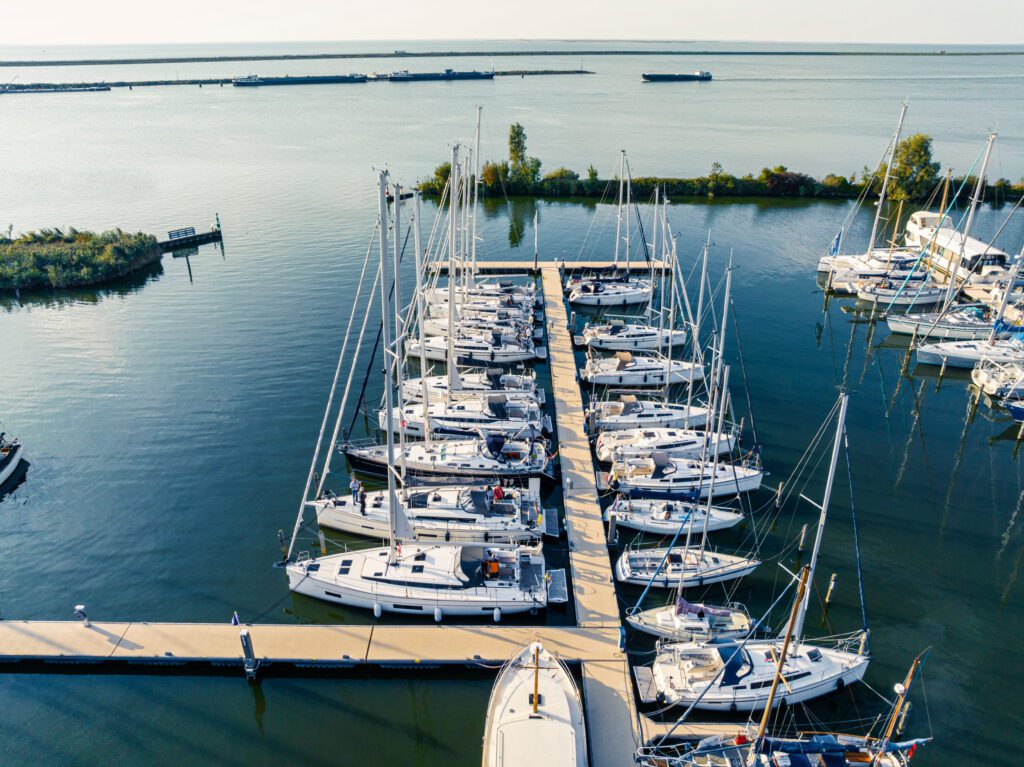
At Lelystad Haven, during sustained winds, we observe strong variations in the water level in the Markermeer & IJsselmeer lakes, which can lead to severe stresses on the mooring lines. 30 years after their installation in the harbour, the wooden pontoons were in poor condition: the wood was diseased, and the harbour areas were definitely in need of refurbishment.
To remedy the situation and significantly improve the welcome for boaters in the Dutch port, Camiel and Marcel, from the port of Lelystad Haven, have decided with the Port Adhoc group to launch various development works. For port-adhoc.com readers, they agreed to answer a few of our questions.
What landscaping project have you chosen to implement?
“We took our cue from Deko Marina Lelystad, where the pontoons installed almost 20 years ago are still in perfect condition. And we decided to replace the three most damaged pontoons at Jachthaven Lelystad with new floating pontoons. We chose the same supplier as for the Port Adhoc group’s second port in Lelystad: Poralu Marine. Poralu Marine offered us tailor-made port equipment, enabling us to equip Jachthaven Lelystad with the very best.”
When were the new floating pontoons installed?
“The worksite began at the beginning of January 2024, lasting 4 months. From January to the end of April 2024, three old wooden pontoons were removed, and three new floating pontoons installed. The E/D, K/L and M/N purlins were thus completely refurbished.
We have deliberately chosen to carry out the work during the low season, to minimize the impact on boaters. Owners of vessels moored on the affected pontoons were invited to move their units temporarily to another pontoon. For its part, the port team stepped up its communication efforts to keep all port users informed at all times. Accessibility to the port was, of course, maintained throughout the works.”
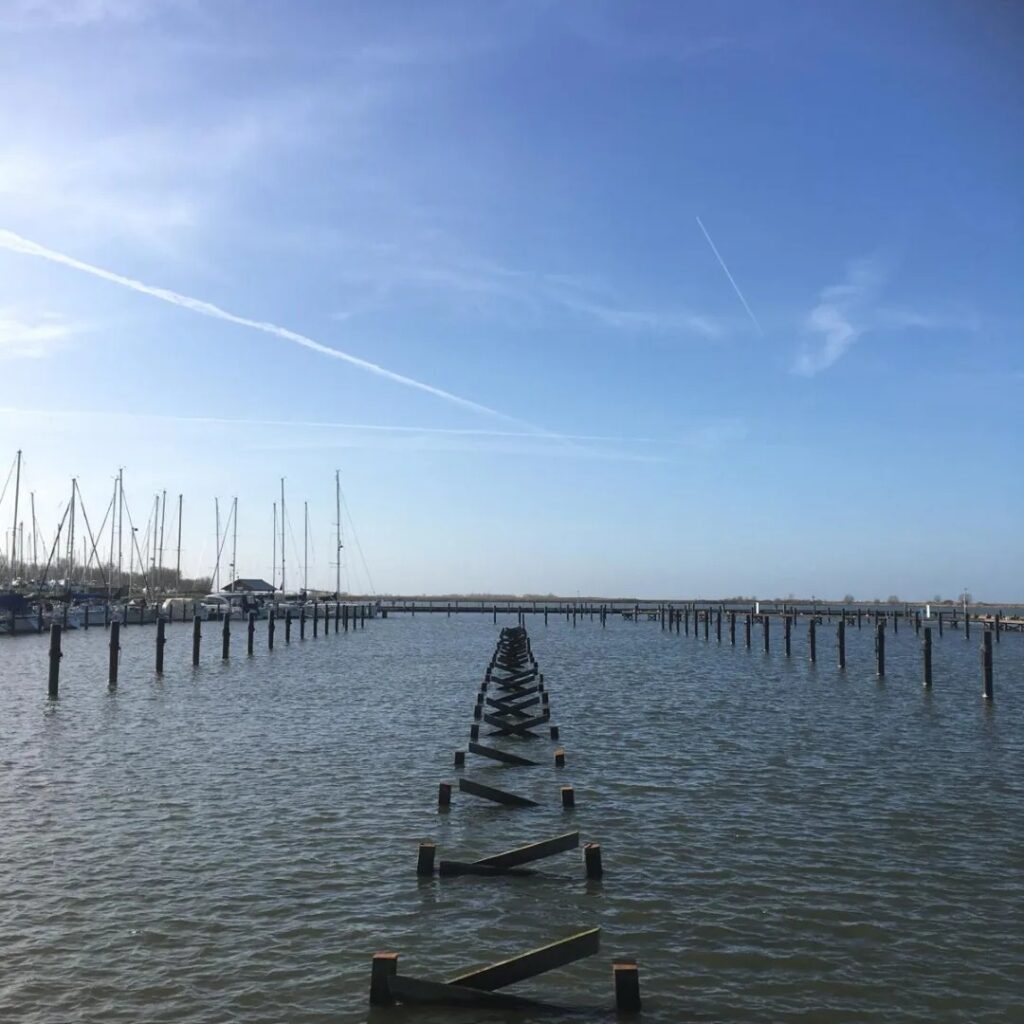
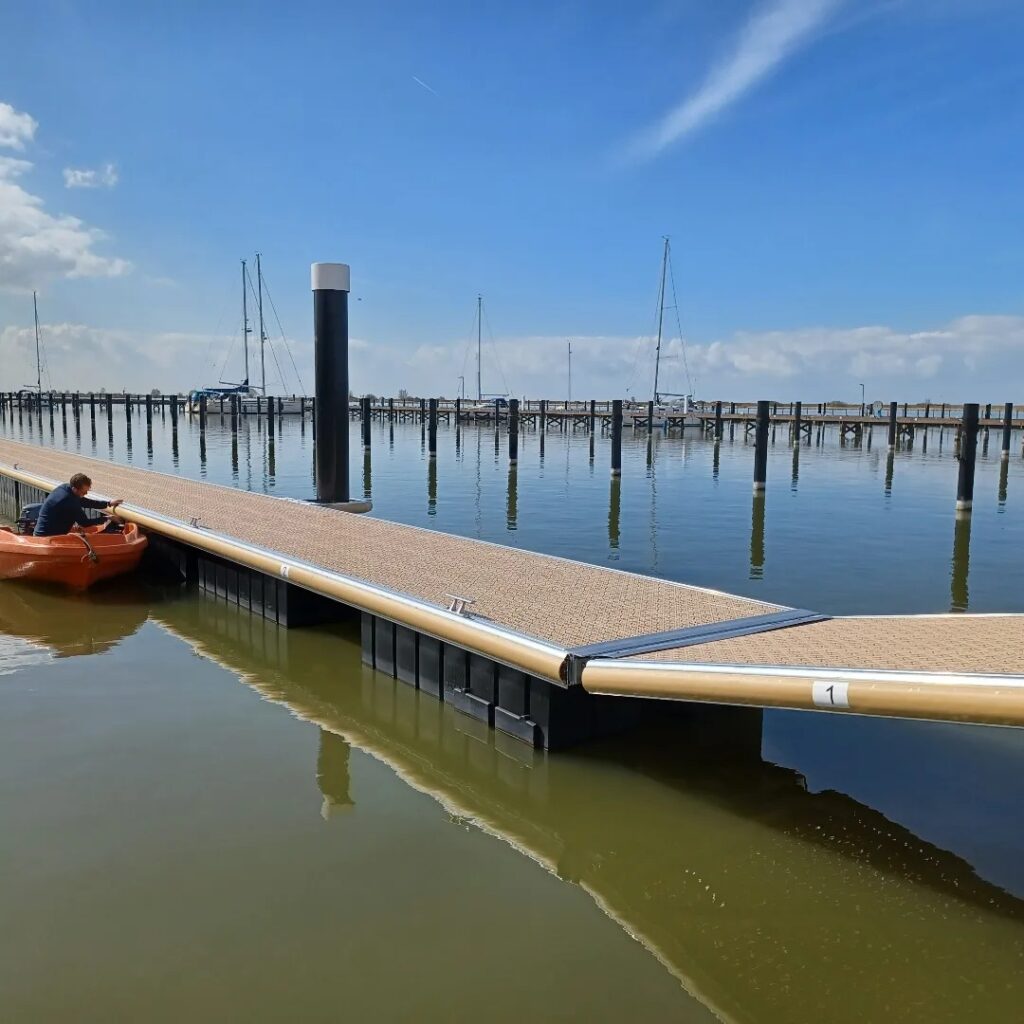
Can you tell us about the new pontoons chosen for Lelystad Haven, and their materials ?
“On the advice of our partner Poralu Marine, we chose three aluminum and polypropylene purlins. We had already noted the excellent preservation of the pontoons installed at Deko Marina Lelystad, identical to the ones we have chosen: these installations have proved that the materials are of the highest quality, resistant and durable, and that they are perfectly suited to fittings designed to withstand the elements. For the Port Adhoc Group, these top-of-the-range materials are the guarantee of equipment that will stand the test of time.
Aluminum and polypropylene are also easy to maintain for harbor crews, and particularly comfortable for boaters: the new pontoons, for example, are slip-resistant.
The Port Adhoc group wanted to invest in quality infrastructure for boaters and their boats: the pontoons selected are 100% recyclable and have an estimated lifespan of 50 years. Last but not least, they offer better performance than other options on the market: in particular, they are as strong as steel pontoons, even though they are twice as light.”
Did you take advantage of the replacement of the pontoons at Lelystad Haven to carry out any additional work?
“This period of restructuring of the port area was ideal for planning other works, such as the integration of innovative new equipment. Port Adhoc’s teams seized the opportunity to review the electricity distribution on the pontoons: each berth now has an individual socket and a connected meter, enabling automatic reading of electricity consumption indexes and, above all, actual billing to the boater.”
➡️ Read also:
Smart terminals in Port Adhoc marinas
“The new pontoons are also equipped with an anti-legionella system, designed to prevent the concentration of germs in the harbour. By heating the water in the basin, electric valves inhibit the growth of bacteria.
Finally, we have also integrated a water recycling system, consisting of a pump that takes and treats the water in the basin. This now enables boaters to clean their boats without using drinking water.”
Do you still have questions to ask our team about the work being carried out at Lelystad Haven, or about the marina itself? The Port Adhoc agents are at your disposal!

